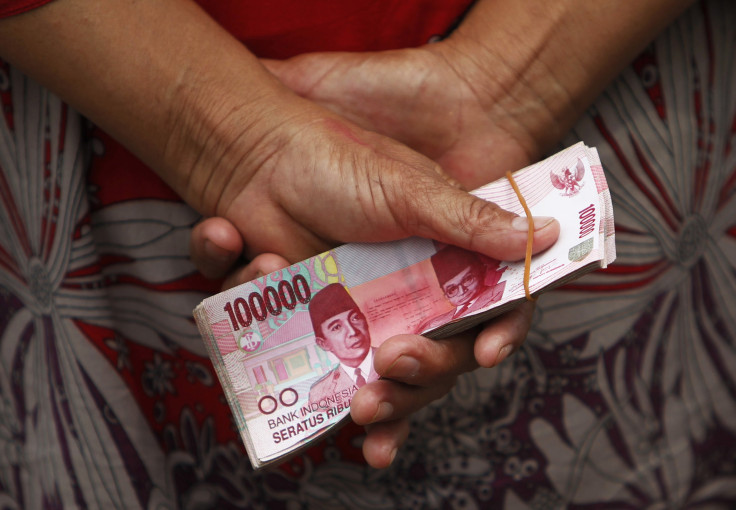Indonesian Small Business Owners, Shut Out By Commercial Banks, Turn To Informal Lending

Millions of low-income Indonesians, shut out from banks due to lending regulations, are turning to Indonesia’s booming microfinance industry – but a combination of strict regulations and too-high thresholds have given rise to a murky black market of motorcycle-riding lenders and unscrupulous loan sharks.
Despite Indonesia’s rapid emerging economy and a rising middle class, nearly half of the country’s households still live at, or close to, the government’s $22-per-month poverty line, according to World Bank statistics. For the tens of millions of low-income Indonesians, the nation’s commercial banking system is a shut door, according to the Jakarta Globe newspaper.
Lenders like Bank Rakyat Indonesia, while offering low-cost microloans, also have lending regulations that require customers to have proof of a permanent job, income and collateral. In a country where some 92 percent of the workforce is employed in the informal sector, and most of them holding semi-permanent jobs lacking an employment contract, those regulations have become a hurdle for many.
“I would like to borrow from banks, as it is cheaper to do so, but their requirements are complicated,” complained Wastiri, an 80-year-old woman who has operated a food stall for the past 40 years. “They ask me for an identification card [which I have], but I do not have a family card or the deed to my home for collateral. I don’t own the place.”
Commercial lenders and microfinance cooperatives have tried to meet the demand shut out by commercial banks, but here too, regulations have made black market dealings popular.
These lenders offer loans at high interest rates – nearly 20 percent higher than bank rates – and often collect daily payments from borrowers, according to the Jakarta Globe. The regulations are loose, and lenders are eager to approach customers, said Wastiri.
“Bank keliling [mobile banks] are more suitable for us,” Wastiri added. “Though they ask for daily or weekly payments, it is easier for us to borrow money from them — I personally don’t even have to give them my identification card.”
It is difficult to accurately calculate the size of the informal market, but by experts’ best estimates, it is growing.
“We can expect to see an increase in the number of non-bank microfinance institutions because the non-bankable segment is huge and it is very difficult for the poor to access banks,” said Dewi Meisari, an expert in micro-, small- and medium- sized enterprises (MSMEs) at the University of Indonesia.
“The lower income population has little or no options when they borrow money,” Dewi said.
The market, if properly tapped, could prove to be lucrative, experts believe. MSMEs account for 57 percent of Indonesia’s GDP, according to Halim Alamsyah, deputy governor of Bank Indonesia. While MSMEs have traditionally borrowed outside the formal market, the number of micro business owners receiving commercial loans has grown in the past year, according to Firman Moeis, head of Commercial Linkage at CIMB Niaga.
“The micro finance market in Indonesia has great potential for growth,” Firman said. "Out of the 56 million MSME owners in Indonesia, only 37 percent of them receive micro banking services. [But] as of February 2013, the MSME industry had an outstanding loan value of Rp. 514.5 trillion — a 14.6 percent jump from last year’s numbers.”
Firman believes that the nation’s economic growth is anchored by micro businesses like Wastiri’s food stall.
“The 1998 crisis negatively impacted big companies, but small-medium businesses thrived,” Firman explained, according to the Jakarta Globe. “Today, the economic downturn isn’t as drastic; furthermore, the small-medium businesses are fundamentally sound, so I am certain this situation will leave little or no impact on the microfinance industry.”
© Copyright IBTimes 2024. All rights reserved.




















